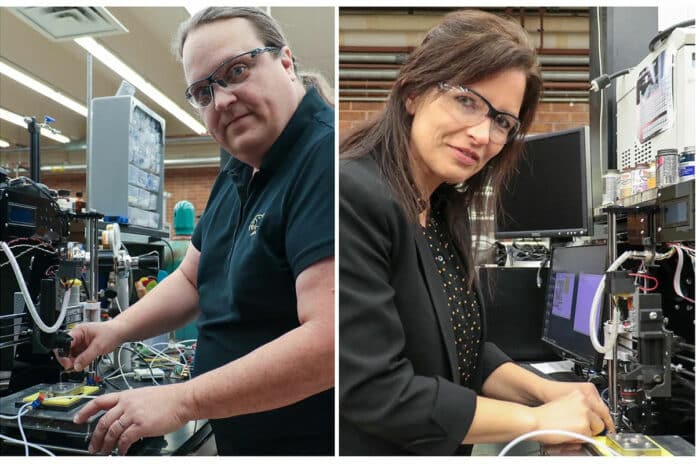According to the U.S. Environmental Protection Agency, methane is a powerful greenhouse gas with a global warming potential more than 28 times that of carbon dioxide (CO2) over a 100-year period. This is due to its ability to trap radiation more efficiently, despite having a much shorter lifetime in the atmosphere than CO2. The major sources of methane emissions are energy and industry, agriculture, and landfills.
Now, the University of Central Florida researchers have developed new methods that enable methane to be used in green energy production and to create high-performance materials for smart devices, biotechnology, solar cells, and more.
Cleaner technology for producing hydrogen
The first invention is a method to produce hydrogen from hydrocarbons, such as methane, without releasing any carbon gas. Using visible light and defect-engineered boron-rich photocatalysts, the innovation highlights a new functionality of nanoscale materials for visible light-assisted capture and the conversion of hydrocarbons like methane.
The researchers say their invention produces pure hydrogen without any contaminants and can potentially lower the cost of catalysts used for creating energy. It also allows for more photocatalytic conversion in the visible range and enables more efficient use of solar energy for catalysis.
Its potential applications include the possible large-scale production of hydrogen in solar farms and methane capture and conversion.
“That invention is actually a twofer,” UCF researchers Richard Blair said. “You get green hydrogen, and you remove – not really sequester – methane. You’re processing methane into just hydrogen and pure carbon that can be used for things like batteries.”
Growing contaminant-free carbon nanostructure
The second technology is a method for producing carbon nanoscale and microscale structures with controlled dimensions. It uses light and a defect-engineered photocatalyst to make patterned, well-defined nanoscale and microscale structures from numerous carbon sources, like methane, ethane, propane, propene, and carbon monoxide.
The researchers’ dream is to make high-performance carbon materials from methane. “So, this invention would be a way to make such materials from methane in a sustainable manner on a large industrial scale,” Blair says.
The carbon structures produced are small but well structured and can be arranged precisely, with precise sizes and patterns.
“Now you’re talking high-dollar applications, perhaps for medical devices or new chemical sensors,” Blair said in the press release. “This becomes a platform for developing all sorts of products. The application is only limited by the imagination.”
Cleaner technology for producing carbon
The third one is an innovative method that makes carbon from defect-engineered boron-nitride using visible light. Like the first technology for producing hydrogen, it produces carbon through a chemical cracking of hydrocarbons with energy supplied by visible light coupling with a metal-free catalyst, defect-engineered boron-nitride.
According to the team, unlike other methods, it doesn’t require significant energy, time, or special reagents or precursors that leave impurities. In addition, the end product consists of just carbon and some traces of boron and nitrogen, none of which are toxic to humans or the environment.
The photochemical transformation technology lends itself to many applications, including sensors or new components for nanoelectronics, energy storage, quantum devices, and green hydrogen production.
